
Developer: Square Enix
Publisher: Square Enix
Platform: PS4, Switch
Tested on: Switch
Dragon Quest I, II and III – Review
Dragon Quest has become a very famous name in the world of RPGs, be it because of the fairly occasional releases of the main series, or the fun spin-off titles such as the Heroes and Builders series. Dragon Quest started out as Dragon Warrior in Japan and only made became Dragon Quest here in 2005, slowly gaining popularity in the West. It’s clear that Square Enix has a love for rereleasing old classics or simply porting them to the next generation of consoles. Recently the Collection of Mana was released for the Nintendo Switch, and now we have the chance to play the first three Dragon Quest games on the big screen. While these games look very retro, Square Enix did a few things to make the games a bit more modern.
While these games could be considered as ports of the older titles, Square Enix did improve a number of aspects to make the games a lot more accessible. For starters, it’s clear that the sprites and enemy models have been heavily updated. The sprites on the overworld still have many visible pixels, but a lot of them have been smoothed out, the colors are very flashy and vibrant, and the resolution has been enhanced, allowing newer TV-sets to show how beautiful this classic collection truly is. Dragon Quest I and II will feel similar, while DQ III will feel a lot more modern in terms of its graphical prowess.
Other than the graphical updates, there’s the quicksave function, which is certainly handy when you feel like you’re about to get into a pinch. The game allows you to save at will, instead of having to go back to the original save points. This is certainly a plus, as the game’s enemies could wipe you(r party) clean after a few battles when wandering off too far.
In terms of design, the music has also been updated. There isn’t really any 8-bit music present in the game, and you’ll have to make do with the modern tunes and music for these three titles. While this is certainly pleasant for the fans of the modern games, it would have been nice to be able to switch to the old music when desired. The only noticeable thing is that the music loops really fast, and during longer grinding sessions this could become somewhat dull and annoying.
The stories of the first two games are somewhat lackluster, with the third installment feeling a tiny bit modern, but still nothing compared to today’s standards. The playtime gradually increases per iteration, also providing you with more quests. These games don’t hold your hand whatsoever, as you’ll have to do a lot of free-roaming. Those who want a bit of aid can look up many guides online, as it’s not always clear where to go or what to do next. The map could have been updated too, to mark the locations you’ve been, or which dungeons you’ve cleared. Perhaps it would have also been nice to display the town names on the map after you’ve visited them. Then again, this might ruin the charm of these classics, making them too modern, or perhaps too simple.
Combat in the first Dragon Quest series is done in an early Final Fantasy-esque way. You’ll see the enemies pop-up on your screen, and you can select (per turn) if you wish to attack, use spells, use items or flee from the battle. Each turn goes by and depending on who has the first strike, the entire enemy party, or your party can make the first move. This is done in a format where you view things in a sort of first-person perspective, where only the attack effects show on the enemy sprites, without actually showing your party members.
Navigating on the overworld is done by roaming on a large map. You’ll be able to traverse through very pixel-like forests, deserts, poisonous areas, plains and so on. Towns and other visitable structures will be shown as miniatures on the map, and will only expand to their full size upon entering them. This is rather typical for the RPGs of the 80s and 90s. Overall the game will remind you of the more modern RPG Maker homebrew titles that occasionally pop up on Steam or sometimes other platforms. Overall this works fine for this title, and actually these three releases are better than many projects that are being released nowadays by somewhat inexperienced developers.
Conclusion
This Dragon Quest trilogy is a lot of fun to play through. You’ll see how the games have developed in quality over time, and it’s also fun to see the roots of the series. Starting out with the first game also poses hardly any risk, as the game will only set you back a few Euros/Dollars. We reckon it’s only a matter of time to see these games have a physical release in the West. Those who cannot wait can opt for the digital version or the Multi-Language version that can be found in certain stores by the end of October. For now, we’ll spend some time with this collection before starting our next review work.
Dragon Quest I, II and III - Review,1 Comment
Leave a Reply
You must be logged in to post a comment.

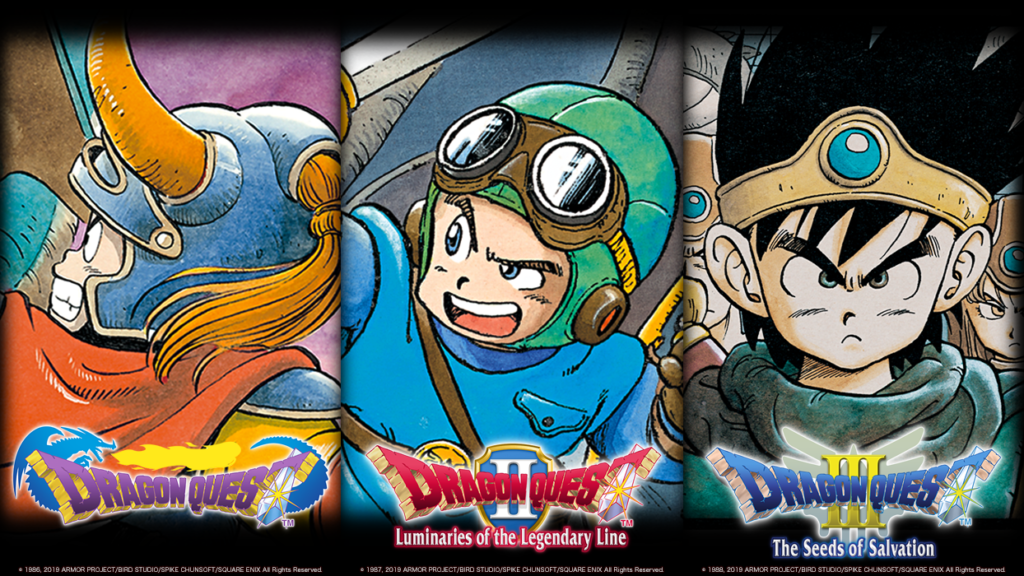
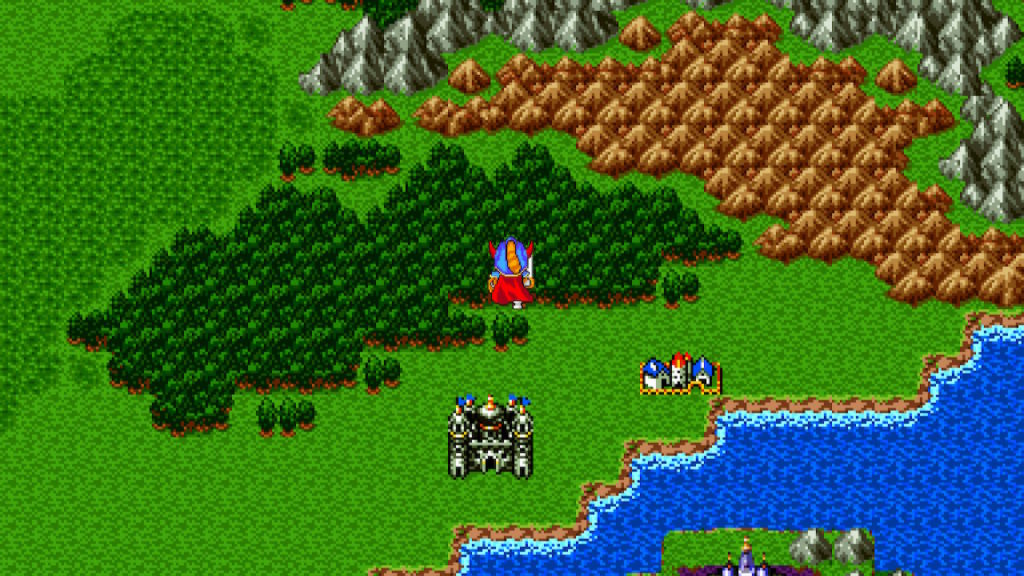
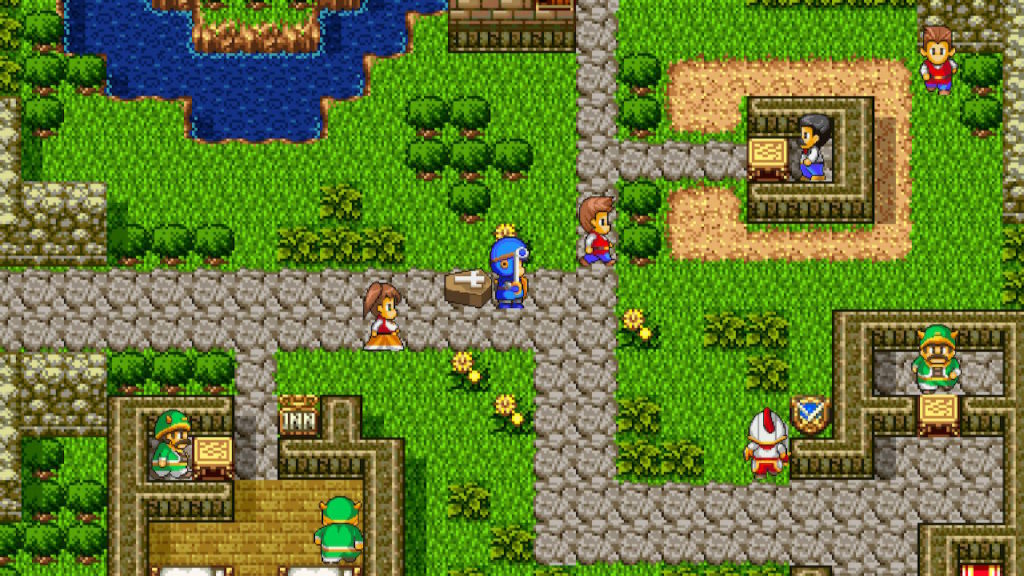
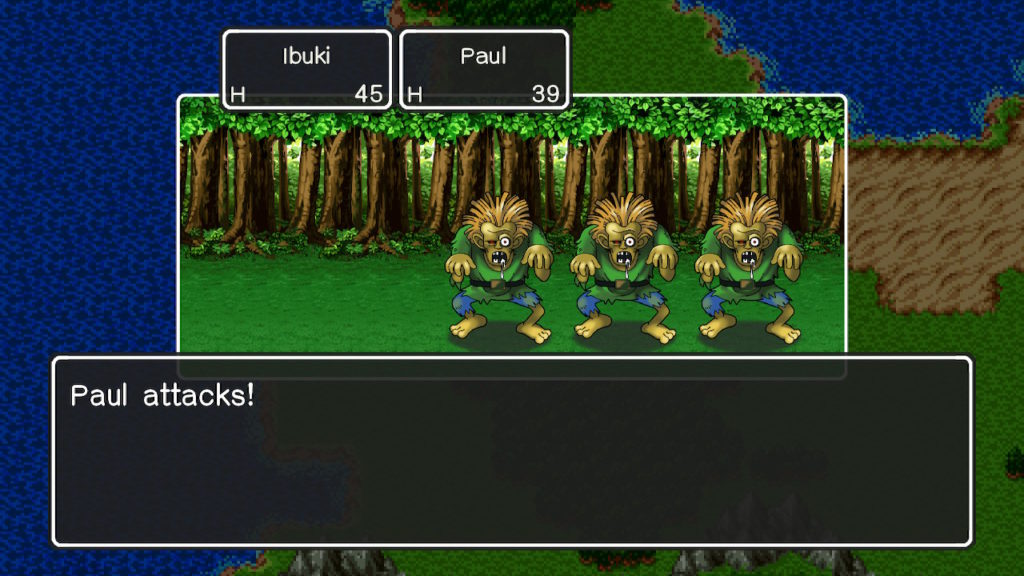

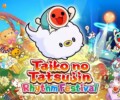
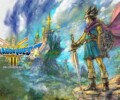
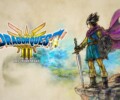
[…] hard to imagine that the Dragon Quest (or Dragon Warrior) series is already roughly 37 years old. The series started off on the NES, and […]